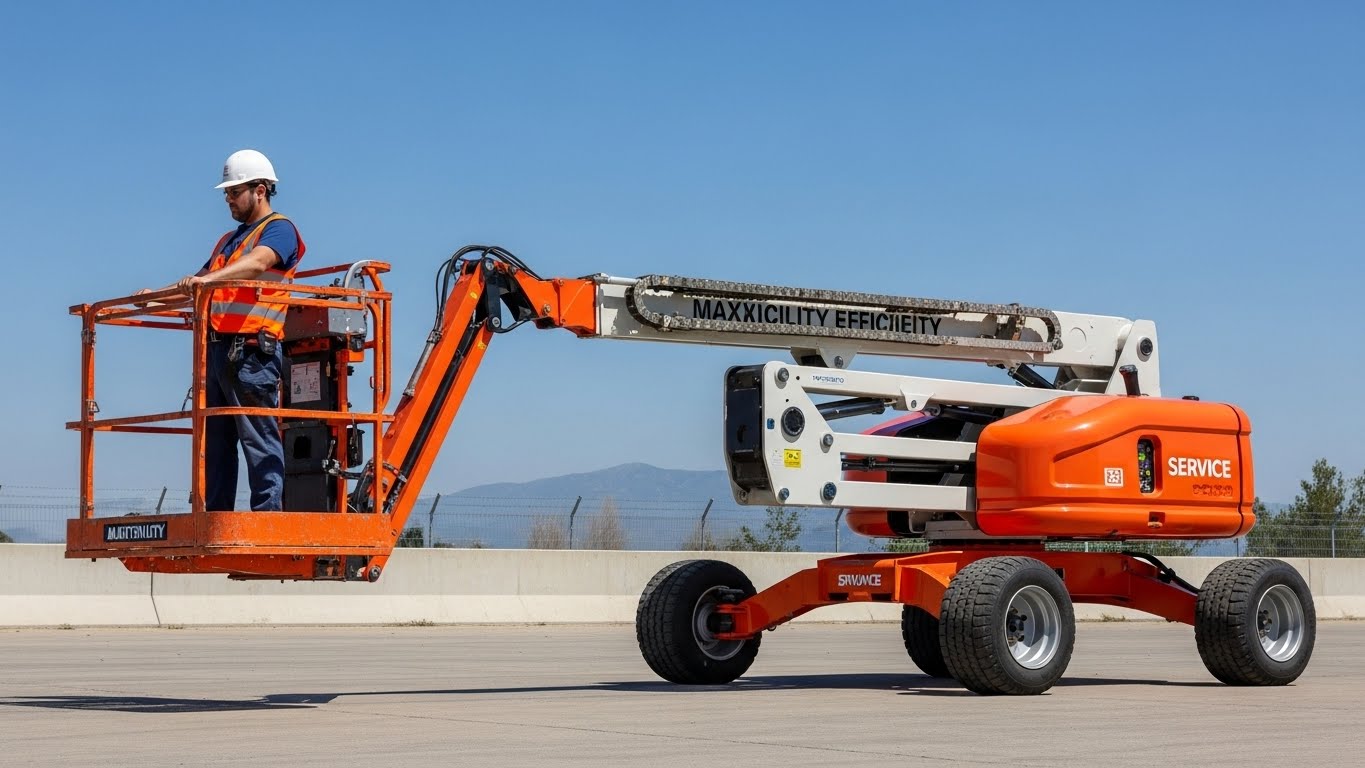In the world of forex and other financial markets, an Order Block represents a specific zone where large institutional orders are placed, typically by banks, hedge funds, or other financial entities. These blocks often indicate areas of significant buying or selling activity that can lead to powerful market movements. Understanding how these blocks work can give retail traders a massive edge in their trading strategy.
An Order Block acts as a supply or demand zone, depending on the direction of the price movement. When institutions place large buy orders, the price often reacts strongly from that level in the future, creating a bullish order block. Similarly, a bearish order block forms when institutions place large sell orders.
In essence, order blocks reflect “smart money” behavior. By recognizing these levels, you can anticipate potential reversals, continuation patterns, or breakout opportunities. This is why learning about order blocks is becoming a cornerstone for traders who follow price action strategies.
Why Are Order Blocks Important?
Order blocks are important because they:
- Reflect the true intentions of institutional traders
- Help identify high-probability entry and exit points
- Work across multiple timeframes
- Provide natural support and resistance levels
- Assist in trend continuation or reversal analysis
Unlike traditional technical indicators that lag behind the price, order blocks are proactive zones. These zones can help you enter trades early with proper confirmation and better risk-reward ratios. As a trader, being able to identify the footprints of smart money can be your strongest technical advantage.
Types of Order Blocks
Understanding the different types of order blocks will help you apply the concept across various trading situations.
1. Bullish Order Block
- Appears at the end of a downtrend
- Signals a potential upward reversal
- Price often retests this block before continuing up
A bullish order block is formed when there is a strong upward move after a bearish candle or a consolidation phase. This indicates that institutional buyers have stepped in.
2. Bearish Order Block
- Appears at the end of an uptrend
- Indicates potential bearish reversal
- Price often pulls back into this block before continuing down
Bearish order blocks are identified when a strong downward move follows a bullish or neutral candle. This suggests that institutional sellers have taken control.
3. Continuation Order Block
- Forms during trends
- Suggests continuation rather than reversal
- Useful in trending markets to re-enter trades
Continuation order blocks help traders ride a trend by providing opportunities for adding to positions during pullbacks within a larger trend.
How to Identify an Order Block
There are a few key steps to identifying a valid order block:
- Look at the last bullish or bearish candle before a significant market move.
- Observe the price reaction after that candle — did it cause a breakout or trend reversal?
- The candle or zone before this move is likely the institutional footprint — the order block.
- Use higher timeframes (H1, H4, Daily) for better accuracy.
- Wait for price to return to this level for entry confirmation (e.g., with a candlestick pattern or volume spike).
A strong example and further explanation can be found in this guide:
👉 Order Block
How to Trade Using Order Blocks
Once you identify an order block, here’s how you can trade it:
Step 1: Mark the Zone
Draw the order block zone using the body or wicks of the candlestick that formed before the major move. Make sure to highlight the entire candle, not just the open or close.
Step 2: Wait for Price to Return
Patience is key. Don’t jump into the trade immediately. Price often retests the block before continuing in the intended direction.
Step 3: Look for Confirmation
Confirmation is crucial for reducing false signals. Use tools like:
- Candlestick patterns (e.g., engulfing, pin bars)
- RSI divergence
- Volume spike
- Market structure shift
Step 4: Enter with a Stop Loss
Place your entry after confirmation, with your stop loss just beyond the opposite end of the order block. This protects you in case the block fails.
Step 5: Set Your Targets
Use recent highs/lows, Fibonacci extensions, or risk-reward ratios like 1:2 or 1:3 for setting take-profit levels.
Common Mistakes When Trading Order Blocks
- Entering without confirmation
- Ignoring higher timeframe analysis
- Over-marking every small zone as an order block
- Forgetting to manage risk properly
- Not combining order blocks with other strategies
Order blocks should complement your overall trading system, not replace it entirely. Traders should backtest their strategy and keep refining it based on market behavior.
Advanced Tips for Mastering Order Blocks
- Use order blocks in combination with liquidity zones and Fair Value Gaps
- Focus on session times (e.g., London open, NY open)
- Track institutional behavior through volume or COT reports
- Refine your strategy with backtesting and journaling
Order blocks are especially effective when used with a “smart money” trading framework. Many professional traders use these levels to enter or exit large positions without causing sudden price changes.
Conclusion
Order blocks are more than just another technical pattern—they’re insights into how the market’s biggest players operate. By learning to identify, analyze, and trade these zones, retail traders can align themselves with institutional money and significantly improve their trading outcomes. However, like any strategy, it’s essential to backtest, practice on demo accounts, and refine your entries with confirmations.
To explore more on this topic, check out this comprehensive guide:
👉 Order Block
FAQs
Q1: Are order blocks only useful in forex trading?
Order blocks are most commonly used in forex, but they are also effective in crypto, stocks, and commodities. Anywhere institutions participate, order blocks can be applied.
Q2: Which timeframe is best for identifying order blocks?
Higher timeframes like H4 or Daily are more reliable for identifying valid order blocks, though intraday traders may use M15 or M30 for precision entries.
Q3: Can beginners use order block strategies?
Yes, but beginners should start by understanding price action and market structure first before relying solely on order blocks.
Q4: Do order blocks work without confirmation?
While some traders enter directly at the order block, using confirmations like candlestick patterns or volume spikes increases accuracy.










